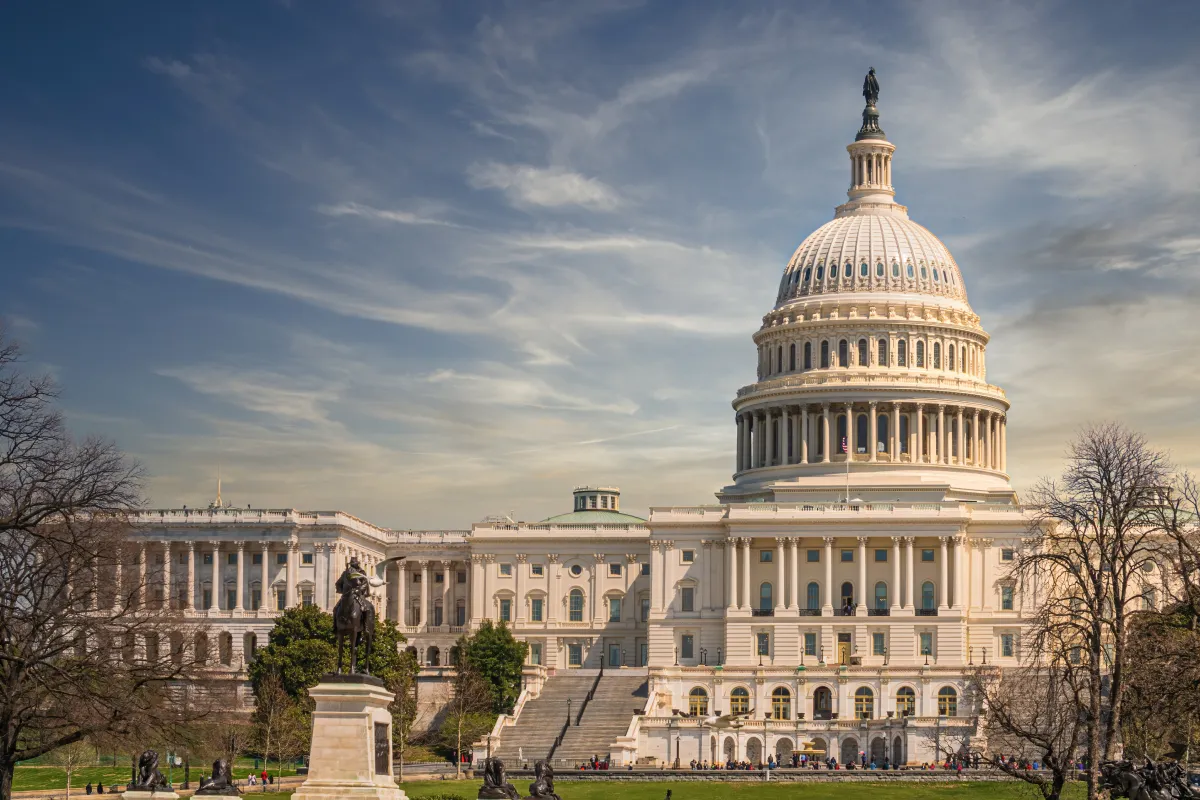

Countries
Employer of Record in US
We help you remain competitive for top talent and grow your global team quickly — no entity required

United states Fast Facts
Employee Benefits in the US
Bonuses and additional payments
In the United States, while not mandated by law, it is customary for employers to offer performance-based bonuses, which may include annual, quarterly, or project-specific incentives. These bonuses are often stipulated in employment contracts or company policies and are subject to standard tax and social security deductions. Employers must apply consistent criteria for all eligible employees to ensure compliance with labor regulations.
Annual leave
Employees in the United States are not entitled to paid vacation leave under federal law. Paid time off is determined by individual employment contracts or company policies. Many employers offer paid vacation as a benefit, with the average being 10 days per year after one year of service.
Additional leave may be offered as part of an employment contract or collective bargaining agreement, though it is not required by law. Many employers offer enhanced leave policies to stay competitive and improve retention.
Policies for unused leave vary by employer; some allow carryover to the following year, while others have "use it or lose it" policies. Payment in lieu of unused leave is typically permitted upon termination of employment, depending on state laws and company policy.
Sick leave
In the United States, personal and sick leave policies are primarily determined by individual employers and state laws, as there is no federal mandate for paid sick leave. However, under the Family and Medical Leave Act (FMLA), eligible employees are entitled to up to 12 weeks of unpaid, job-protected leave per year for certain medical situations affecting themselves or immediate family members. Some states and localities have enacted laws requiring paid sick leave. Employees must provide appropriate notice and documentation as per their employer's policies to qualify for leave.
Maternity leave
The Family and Medical Leave Act (FMLA), eligible employees are entitled to up to 12 weeks of unpaid, job-protected leave for the birth of a child or the placement of a child for adoption or foster care. The employee must have worked for the employer for at least 12 months in the preceding year. The FMLA act applies to private employers with 50 or more employees. Some states may have more generous paid leave options.
Disclaimer: The information provided on or through this website is for informational purposes only and does not constitute legal or professional advice. Safeguard Global does not make any representations or warranties, and expressly disclaims any liability arising from or concerning the information contained herein, including the lost essence, interpretation, accuracy and/or completeness of the information and language translation. Laws and regulations may change and interpretations may vary. You are encouraged to seek professional or legal advice to address any issues, questions or matters arising from the information contained herein.


Contact Us
Book a demo today
We’d love to learn more about your needs and show you how we can help. Submit the form and we’ll be in touch to schedule a personalized demonstration of our platform and services.
Schedule an appointment
Fill out the form to speak to a rep about how we can help your organization.


















